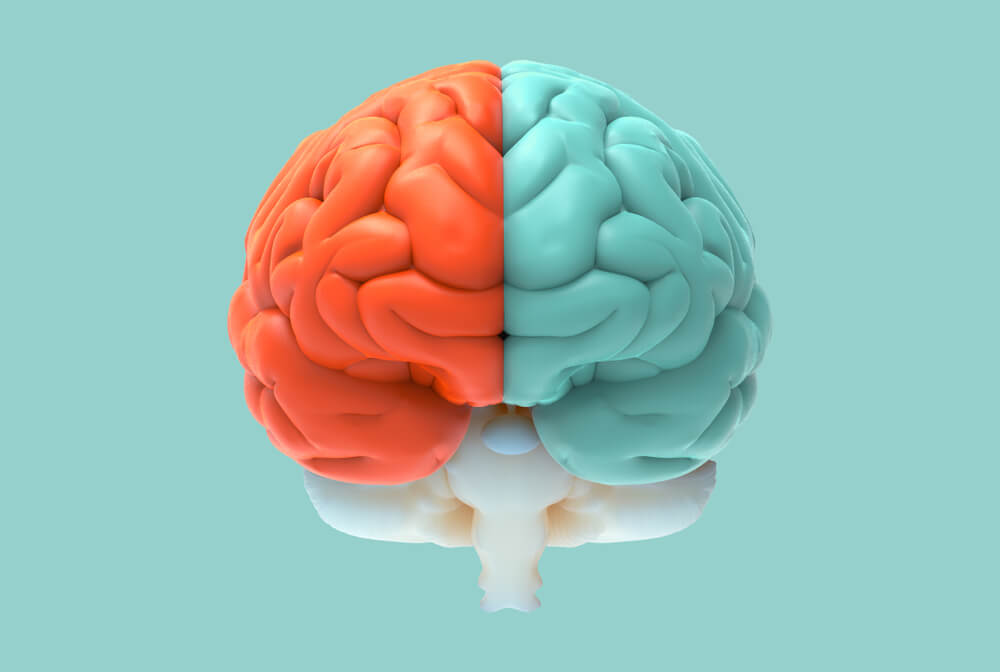Today we will talk about a study that has been presented in relation to the fascinating functioning of our brain, on which every day we discover something new, it seems that you could find the area of happiness in the brain, which can be electrically stimulated This fact opens up a new range of opportunities for the treatment of certain pathologies.
In fact, the research began with a brain mapping by electrical stimulation of patients with epilepsy, what they discovered informally was that the electrical stimulation of the inglum produced an incredible amount of laughter, besides that it seemed to induce an incredible state of well-being and a pleasant sense of calm.
- It was already known that stimulating certain parts of the brain can cause an uncontrollable impulse to laugh.
- But the novelty of this discovery is that it is the first time that one of these areas has been identified; In addition.
- It is the same one that seems to significantly reduce anxiety when stimulated.
The team of neuroscientists at Emory University School of Medicine (Atlanta, USA)U. S. ) Who conducted the research was studying patients with epilepsy. Small electrodes had been placed in patients’ brains to electrically stimulate certain areas of the brain. The goal was to find information about the neural source of seizures in patients.
The researchers did not give him much importance when, by stimulating the angle of the cyngula of one of the young patients, a flow of white matter that connects several regions of the brain, caused the patient to begin to laugh out of control, smiling and feeling relaxed.
They decided to show the patient a set of facial expressions ranging from joy to sadness to neutral expression; it turned out that she rated her faces happier when she underwent electrical stimulation, it’s an indicator that she was in a better mood.
His cognition level was also measured by stimulating this area of happiness in the brain, he was tested for memory, attention and language, it was not detected that cognition had been positively or negatively affected, i. e. electrical stimulation does not appear to interfere with cognition.
The study continued with the same tests in other patients with epilepsy. These individuals had the same responses to the electrical stimulation of the cingular cartilage as the first patient. Everyone had a quiet and uncontrollable feeling of laughter.
The cingulate paper is located under the cortex and curves around the middle brain, its upper front is where this area of happiness was located in the brain, this area has many connections that connect regions of the brain related to complex emotions.
The white substance that passes through the cingular cyngula connects several lobes, when stimulated other networks that extend through the rest of the brain, that is, appears to be an intermediate part between other regions of the brain.
Jon T. Willie, a scientist who was part of the team, compares it to a very large road, with many entrance and exit ramps, and the team believes they have found access to various networks that regulate mood, social interactions and the emotions.
The main idea of future research focusing on this extraordinary discovery seems to focus on the use of electrical stimulation in intervention in anxiety disorders, depression and even chronic pain.
Another line of research can be opened with the use of electrical stimulation in this area of brain happiness as an aid for better and more pleasant experiences during neurosurgery, in which patients must remain awake.
However, it will be necessary to wait for the advancement of technologies, as this type of treatment would currently require invasive surgery, since the electrodes must be placed directly on the brain, which would involve a serious risk operation.
In any case, it is a very important discovery that brings us closer to the true knowledge of our brain, and that is projected on the horizon as a change of hope for all interventions related to mood.

